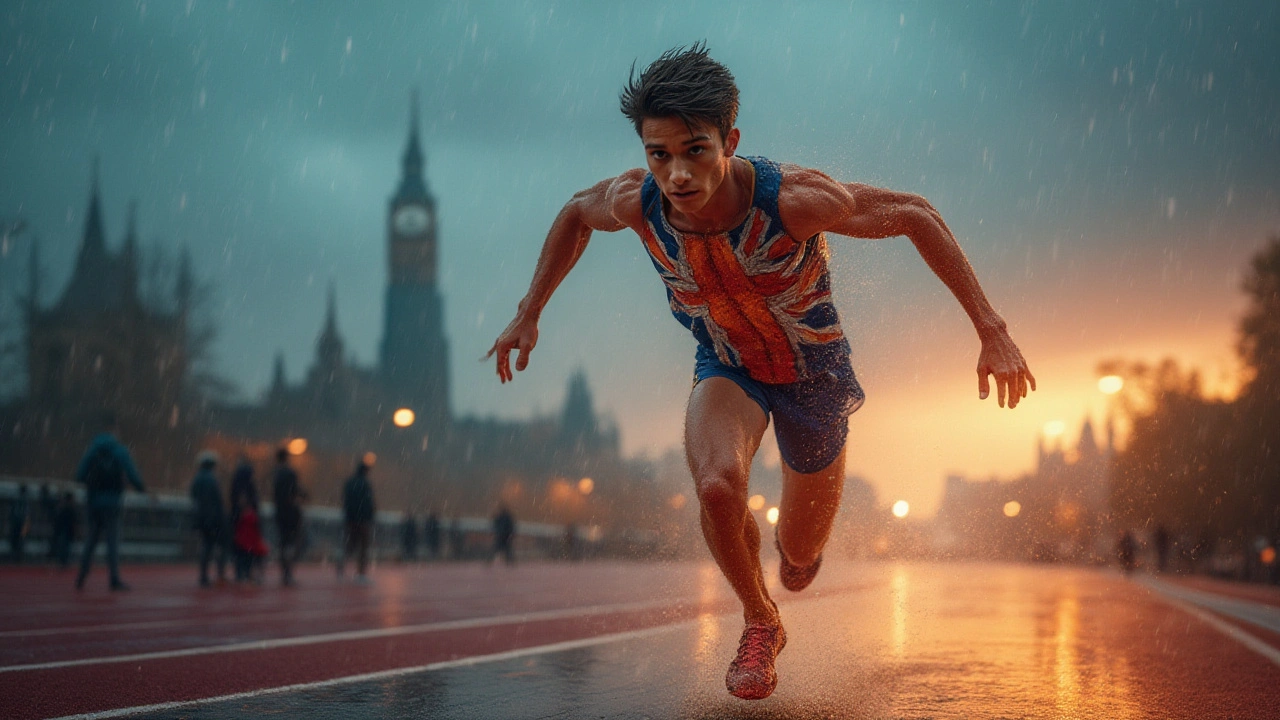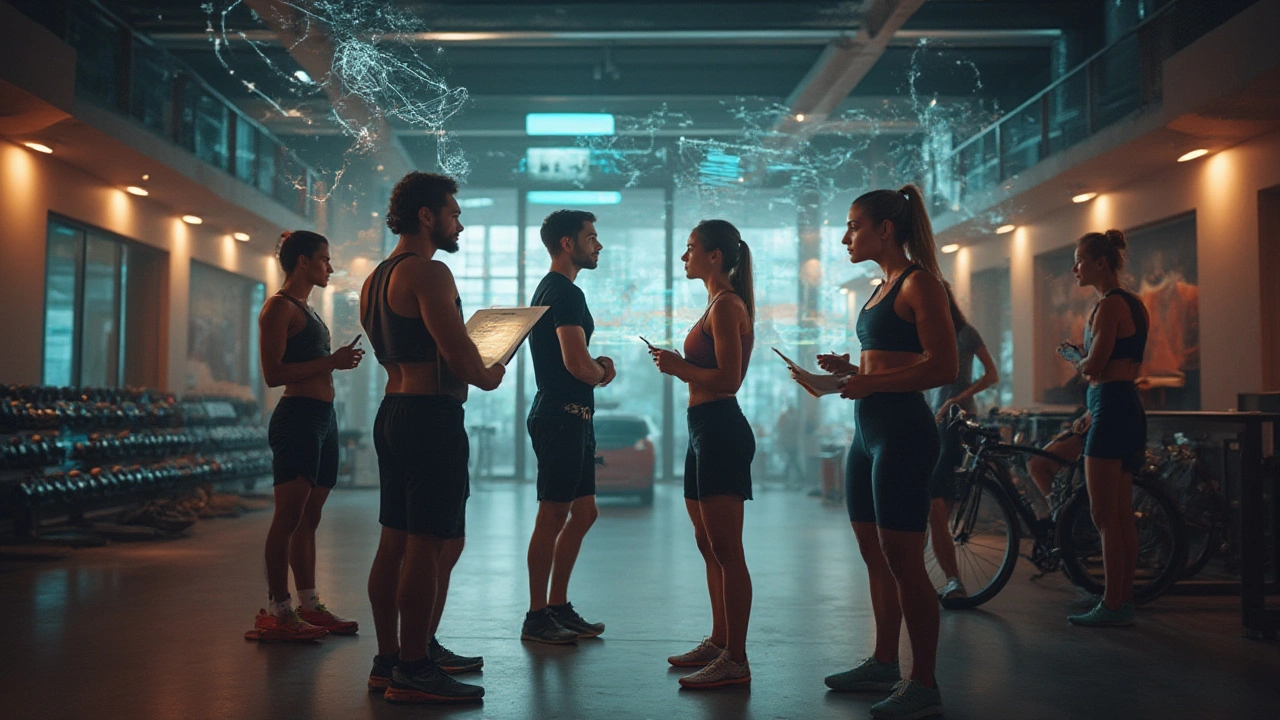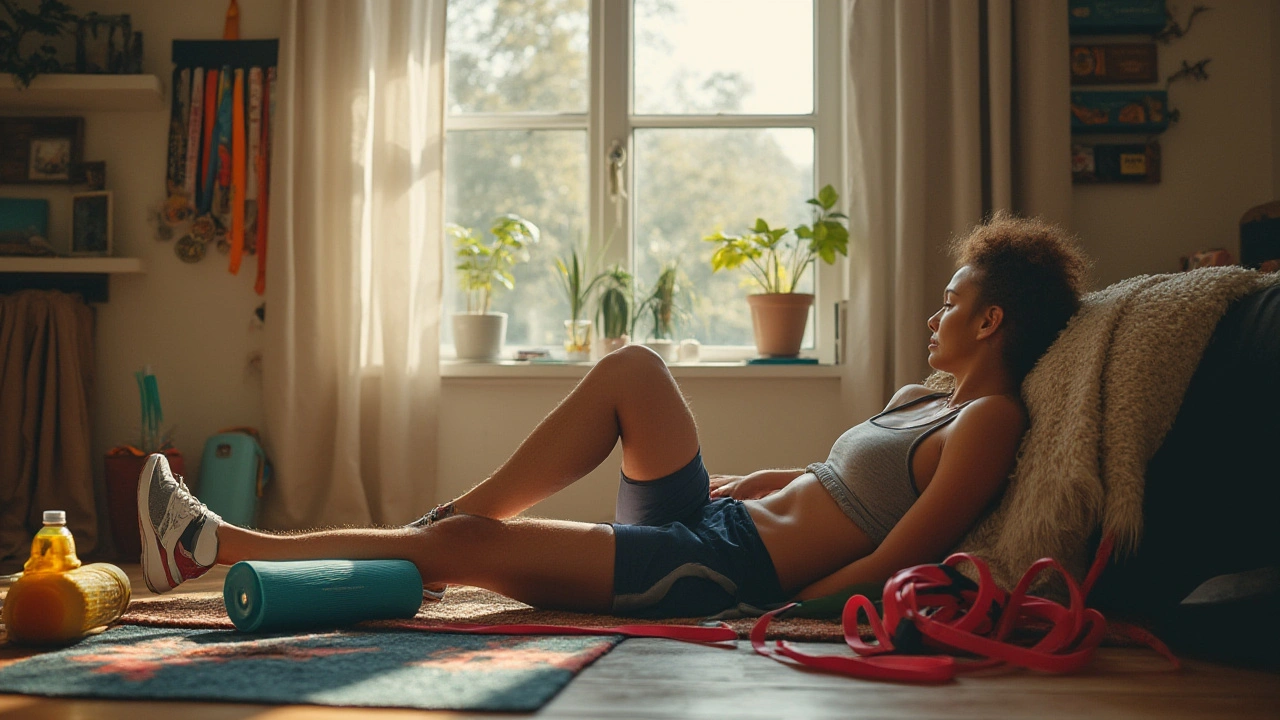Sports Massage Benefits: Your Complete Guide to Recovery and Performance
 Jul, 8 2025
Jul, 8 2025
So, you think sports massage is just about soothing tired legs? Not even close. Imagine shaving seconds off your running time, bouncing back from tough workouts in half the usual days, and avoiding that limp you see after weekend footy matches here in Brisbane. That’s what sports massage offers, if you get it right. And it's not reserved for ironmen and AFL stars—everyday people in gyms, on netball courts, and even at their desks are cashing in on its perks. Pain relief? Yep. Faster healing? You bet. More energy for Monday’s Pilates class? Absolutely.
What Exactly is Sports Massage?
Sports massage isn’t your run-of-the-mill rubdown. It’s a set of specialized techniques designed to help athletes and active folks prepare their bodies, prevent injuries, and recover more efficiently. Think of it as strategic bodywork: deeper strokes to target tight muscles, careful pressure to release knots, and stretching mixed in when your quads feel like bricks. It’s used before, during, and after everything from marathons to local touch footy games. And get this: sports massage therapists don’t just glide their hands—they read your muscles like a book, picking up on swelling, micro-tears, and trigger points you didn’t know existed.
A big chunk of the science comes from studies out of Australia, the UK, and the US. For example, research from the Australian Institute of Sport found that athletes who got regular sports massages reported a 30% decrease in muscle soreness after big training blocks. That alone means you’ll get back to your routine faster—whether that's park runs or yoga. And sports massage isn’t just for after you’ve run a marathon; it’s being used as a warm-up tool to boost circulation and flexibility so your muscles can hit the ground running.
Sports massage incorporates different techniques, like effleurage (long, gliding strokes to warm up muscles), petrissage (kneading to release deep tension), and friction (small, deep movements to break up scar tissue). Therapists might also include myofascial release, trigger-point therapy, or even stretches to help increase mobility and reduce tightness. It’s a blend designed for serious body maintenance.
If you think this is just mumbo-jumbo, check the stats from international competitions. At the Rio 2016 Olympics, more than 80% of athletes received sports massage as part of their recovery—and reported less downtime between competitions, according to the International Olympic Committee's medical team.

How Sports Massage Boosts Recovery and Performance
The big drawcard of sports massage is its power to help you recover like a pro. Stiffness after gym? Soreness after an intense spin class at South Bank? Massage helps flush out lactic acid and other waste that make muscles ache for days. It boosts blood flow, so oxygen and nutrients rush in to kickstart muscle repair. In 2024, a meta-analysis from the British Journal of Sports Medicine found that athletes getting regular massage recovered function 25% faster than those using just rest and ice. That’s real-world stuff you can feel.
Another massive win is injury prevention. One of the fastest ways to end up on the sidelines is to ignore tight muscles and imbalances. Sports massage can zero in on those hot spots before they become real issues, like recurring hamstring strains or stubborn lower back pain. If you get regular bodywork, a therapist can catch scar tissue, inflammation, or muscle knots before they get ugly. Not surprisingly, Brisbane’s rugby clubs have therapists on standby for match days for this exact reason.
Mental benefits? Totally real. We’re not just talking about melting into the massage table (although that’s a bonus). Massage lowers stress hormones and triggers endorphin release—those lovely chemicals that make you feel less anxious before a competition or big presentation. In a Queensland University trial, student athletes felt their pre-game nerves plummet after just 15 minutes of targeted sports massage. Regular sessions help with sleep too, which is the secret weapon for muscle growth and brain power.
Performance gets a spark, too. Looser muscles translate to more power, quicker reaction times, and better balance—important whether you’re on the netball court or wrangling toddlers all day. Improved circulation also means you get rid of metabolic waste quicker, and studies from the US National Institutes of Health show that just 20 minutes of sports massage after intense activity can slash delayed-onset muscle soreness (DOMS) by up to 40%. If you’ve ever found stairs painful after leg day, you’ll appreciate that stat.
Let’s make this all a bit clearer with some hard numbers:
| Benefit | Typical Improvement vs. No Massage (per studies) |
|---|---|
| Reduced Muscle Soreness (DOMS) | Up to 40% less soreness within 48 hours |
| Faster Muscle Recovery | Recovery time shortened by up to 25-30% |
| Increased Range of Motion | Flexibility improved by 10-20% |
| Stress Hormone Reduction | Cortisol reduced by 15-25% after a session |
So, if you’re putting in the effort—running along Brisbane River, hitting HIIT, or lifting at the gym—sports massage can give you an edge you’ll notice both on the track and out in the world. Recovery isn’t just about milk and early nights. With a skilled massage therapist, you’re stacking the deck in your favor.

Tips for Getting the Most from Sports Massage
You want more than just a good rub. The best results come when you approach sports massage with a plan. Here’s how you really cash in:
- Pick the right therapist: Not all massage therapists have sports training. Look for one with solid credentials and experience with athletes—this isn’t the time to gamble on an aromatherapy salon. In Brisbane, the best sports massage therapists tend to also work with local teams or have backgrounds in physio.
- Time your massage:
- Before an event for warm-up: Go for a light session to boost blood flow and prep your muscles—not a deep one or you'll end up feeling too floppy.
- After training or competition: This is when you want deeper work, to target muscle knots and speed up recovery. Give yourself 24-48 hours before your next hard session if you go deep.
- Hydrate like you mean it:
- Your body clears out even more waste after a massage, so drink up to help your kidneys do the job. Aim for at least 500ml more water than usual right after your appointment—especially when it’s humid outside.
- Move after massage:
- Gentle stretching or a walk helps keep your circulation up and prevents stiffness. Don’t just plonk onto the couch for hours after.
- Speak up during the session:
- If it hurts too much, tell the therapist. Some discomfort is normal when working on knots, but you shouldn’t be wincing or holding your breath. Good therapists want feedback.
- Keep it consistent:
- One-off massages are better than none, but athletes get the biggest benefit from regular sessions—weekly or biweekly is common during heavy training.
- Combine with other recovery strategies:
- Massage is powerful, but for best results, pair it with good sleep, stretches, active recovery (like swimming or gentle cycling), and nutrition.
There are myths worth busting, too. Massage can absolutely help loosen fascia and improve flexibility, but it won’t “detox all the toxins” or cure a torn ligament overnight. If you have an injury—like bad swelling or deep bruising—talk to a sports physio before booking a massage, so you don’t make things worse. And if you’re new to the scene, expect some soreness the next day after a deep session. That fades after a few treatments, and you’ll get used to the sweet ache of progress.
For those hitting the gym or the field regularly, sports massage isn’t an indulgence—it’s a secret weapon for dodging injuries and performing better. Sometimes, it’s the small stuff—like loosening your calf before a Saturday park run or fixing that tight shoulder—that makes all the difference the next day. Take it from athletes, tradies, and weekend warriors in Brisbane: the benefits stack up fast. Knowing what sports massage does (and doesn’t do) means you can actually use it, not just talk about it.
So, whether you’re prepping for a triathlon, holding your own in social sport, or just want to walk the dog without hobbling, don’t be shy about putting your recovery first. Book in with a qualified pro, listen to your body, and watch the results stack up. Your muscles (and your sanity) will thank you for it.
